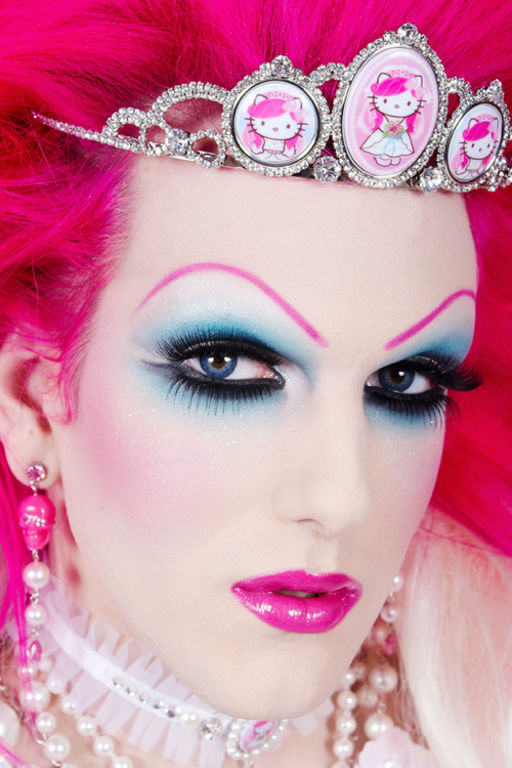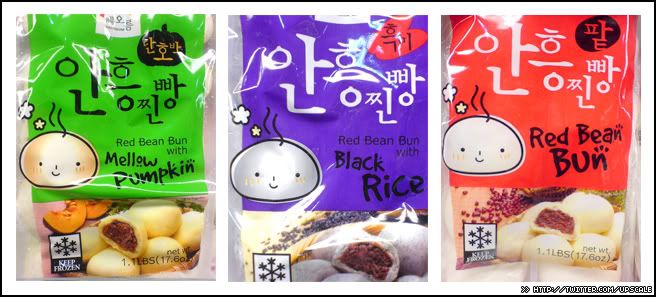Some musings/oddities randomly taken throughout my trip.
True: China isn't allowing Mexicans into the country.
50% False: Chinese citizens live in dire conditions.
False: You can't see the sky in China because of the pollution.
True: Traffic in China is crazy.
Oddities
True: China isn't allowing Mexicans into the country.
- With all the swine flu swirling around Mexico, China decided that, for the time being, they won't let anyone from Mexico come into the country.
50% False: Chinese citizens live in dire conditions.
- Having a toilet is a luxury. People living in China are used to "squat toilets," however many establishments feature Western-style toilets.
 The thing is, everyone's used to it. It's nothing to be sympathetic about, as this is just a way of life here.
The thing is, everyone's used to it. It's nothing to be sympathetic about, as this is just a way of life here. - Also, a dryer is an ultimate luxury. Many people choose to hang their clothes outside of their window. Although many may not be able to afford one, having a dryer isn't practical in Chinese cities. Buildings in China are built high up which means the majority of buildings aren't houses, but apartments. Apartments have limited space. Dryers take up space and use an enormous amount of electricity to operate.
- For the most part, people go about their daily lives like any of us normally do. Generally speaking, many don't mind coming to the U.S. to earn a higher wage, but many are also very well off. We're in Hangzhou for the night, one of the richest cities in China. Huge houses with a huge eight-lane main street featuring Cartier, Valentino and other big name brands. People who live and work in Shanghai end up retiring in this city.
- Speaking to one of our earlier tour guides in Beijing, she said that everyone knows the government blocks certain sites (e.g. YouTube), but many turn the other cheek. However, I was surprised to learn she had never heard of YouTube.
False: You can't see the sky in China because of the pollution.
- This is true only Beijing. A common misconception is that people drive too many cars here, causing excessive amounts of pollution. Truth is, everyone rides bicycles, mopeds and busses if possible. North of Beijing are long, extremely high mountains. Pollution from cities all over China (due to lack of emissions regulations) drift north to Beijing. The mountains block rain clouds from forming in Beijing (lots of dry desert heat) and also block pollution from moving away from the city. Many of the images you see of China on TV are in Beijing, giving it an exagerrated sense of how the pollution really is.
- While in Beijing, I blew my nose after a long day in the city. It was the first time I ever had something black in my snot.
- Green trees, blue skies and acres and acres of trees (more than Seattle!) grow in Southern cities like Suzhou, Hangzhou and Guangzhou. Rain clears out smog and rain helps trees grow. These cities are sometimes even bluer than Seattle.
True: Traffic in China is crazy.
- So far no accidents, but if you want to go, you go. Just make sure you quadruple check blind spots because pedestrians, bicycles, mopeds, busses, taxis, huge tour buses and cars will easily cut you off without signaling, easily cross into oncoming traffic and easily pull thousands of illegal traffic violations. If you can drive in China, you can drive anywhere else. You have to be aggressive, otherwise you won't make it through driver's ed here.
- I rode in the front seat of a taxi cab today. I counted 23 possible accidents in a 10-minute car ride.
Oddities
- I saw a Ford Mondeo as a cop car here in Huangzhou.
- I saw a few fake Lexuses in each city.
- The most popular car models in Beijing are VW Jettas and Audi A4s.
- I used a squat toilet for the first time at the Great Wall.
- The steps in the Great Wall are 2/3 the length of my calves.
- There's a portion of the Great Wall where you can buy a lock, engrave your and your lover's initials and tie it to a chain on the wall with a red string. Many believe that this will bring longevity and good luck to your relationship.
- SWAT is "Elite Force." They were practicing in the park in Suzhou.
- Huangzhou people don't say "喝茶" (Pinyin: he1 cha3) or "drink tea." They "吃茶" (Pinyin: chi1 cha3) or "eat tea." They actually eat the green tea leaves that they grow here in the Tea Terraces.
- Maybelline has a factory in Suzhou that uses silk from their famous silk farms.
Comments




























